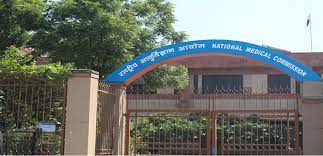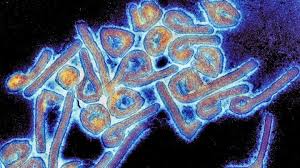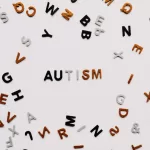Saturday, January 4, 2025
The Medical Counselling Committee (MCC) announced today a significant reduction in the NEET-PG 2024 cut-off percentile for subsequent rounds of counselling. This decision, made in consultation with the Ministry of Health and Family Welfare (MoHFW) and the National Medical Commission (NMC), continues a pattern of yearly adjustments aimed at addressing the persistent issue of vacant postgraduate medical seats.
Over the years, lowering the NEET-PG cut-off has emerged as a recurring strategy, reflecting systemic challenges in postgraduate medical education. Dr. Priyesh Nayak, a NEET-PG educator and third-year orthopaedics resident, explained, “The main reason behind this trend of reducing the cut-off every year is the lack of interest in non-clinical seats. Completing MBBS requires immense time and effort, and students aspire for hands-on clinical experience and patient interaction, which non-clinical subjects often lack.”
NEET-PG Cut-Offs Over the Years
2024
The NEET-PG 2024 cut-off has seen a steep reduction:
- General and EWS: Reduced to the 15th percentile.
- SC/ST/OBC and PwD: Reduced to the 10th percentile.
Initially, the qualifying percentiles were set at the 50th percentile for General candidates, 45th for General-PwD, and 40th for SC/ST/OBC (including PwD).
2023
In an unprecedented move, the NEET-PG 2023 cut-off was reduced to zero, enabling candidates with scores as low as minus 40 to qualify. While this decision expanded the pool of eligible candidates, it sparked controversy within the medical community. The Union Health Ministry defended the move as necessary to ensure merit-based admissions amidst a larger pool.
2022
The cut-off was lowered by 15 percentile across all categories due to approximately 1,400 vacant seats, primarily in pre-clinical and para-clinical disciplines. The General category cut-off dropped from the 50th percentile to the 25th.
2021
With over 8,000 seats remaining vacant after two rounds of counselling, the cut-off was reduced by 15 percentile across categories, underscoring the growing issue of unfilled postgraduate seats.
2020
A reduction of 20 percentile was implemented in 2020. General category candidates saw the cut-off drop from the 50th percentile to the 30th, while other categories experienced similar adjustments.
2019
The cut-off was reduced by 6 percentile to address vacant seats. This marked the beginning of a trend where reductions were used to tackle systemic inefficiencies in admissions.
2018
A significant reduction of 15 percentile was introduced, allowing over 18,000 additional candidates to participate in counselling, thereby minimizing seat wastage.
2017
In 2017, the cut-off was reduced by 7.5 percentile due to a large number of unqualified candidates under the initial criteria.
Systemic Challenges and Implications
The recurring cut-off reductions highlight several challenges in India’s postgraduate medical education system:
- Declining Interest in Non-Clinical Seats: The reduced demand for non-clinical specialisations stems from their limited scope for patient interaction and direct clinical work, deterring candidates.
- Seat Wastage: High qualifying thresholds often lead to vacant seats, necessitating cut-off reductions to ensure optimal resource utilization.
- Impact on Quality: While reduced cut-offs increase accessibility, they raise questions about the long-term implications for the quality of medical training and healthcare delivery.
Looking Ahead
The trend of lowering NEET-PG cut-offs underscores the need for systemic reforms. Addressing issues such as the perceived value of non-clinical specialisations, creating attractive career opportunities in underutilised fields, and restructuring medical education to better align with workforce needs could mitigate the need for recurring cut-off reductions.
As the debate continues, the focus remains on balancing accessibility with maintaining high standards in medical training to meet the country’s healthcare demands effectively.












